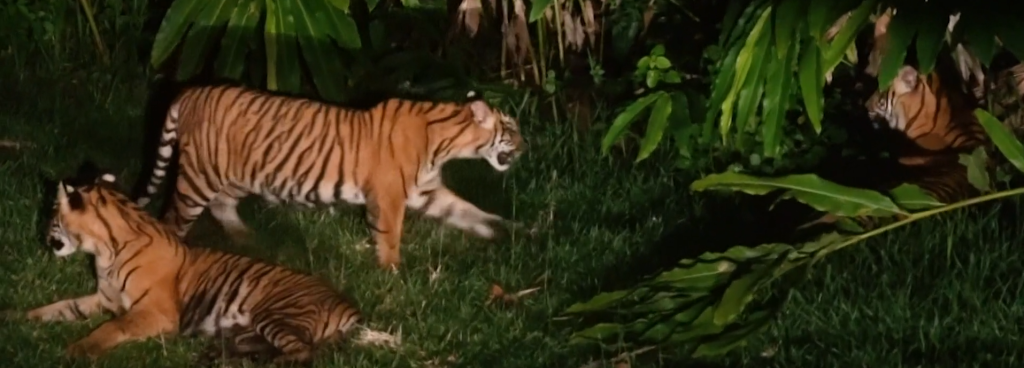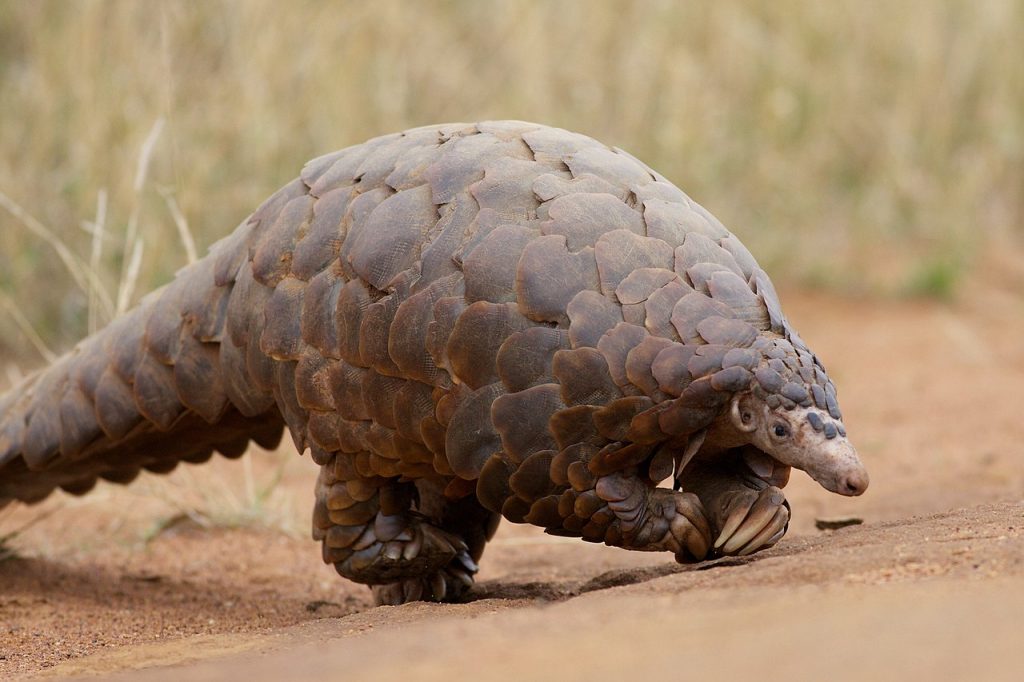There have been many suggestions that the scientific consensus has not been reached, when it comes to climate change, either to its existence or humans effect on it,
A haven for the critically endangered Sumatran Tiger – Tambling nature conservation
https://www.cnn.com/videos/tv/2023/04/04/mission-tiger-sumatra-tambling-1-hnk-spc-intl.cnn
Above is a link to a short but fascinating video which CNN did about an ex hunter who is trying to atone for his former behaviour.
It is under 6 minutes and well worth a watch. It is not brand new, but I hope it is of interest.
This is a reserve of about 480 square km on the southern end of Sumatra

While not vast, this small reserve has the capacity to support above 10% of the current remaining Sumatran tiger population.
I hope to be able to link to this destination in the near future
Apologies for the pause in posts working hard
Hi all, we are trying to set up a new mapping program for you to see all the sites that we list (and hopefully show many thousands that will be added over the next few decades)
The website continues to grow, we hope eventually to have other writers, but for now thats in the future
Tim Welby
Humpback whale sighting off Cornwall first in summer for a long time
You think pangolins greatest threat is the poaching? not everywhere, what is worse?
Pangolins are bizarre animals!

How many of you knew about a pangolin? How many of you knew about a pangolin before say 5 years ago when their poaching became big news.
Generally the reason that they are little known about, is that they are secretive, and one of the most strictly nocturnal animals in the bush.
Despite this, seizures of tonnes of pangolin scales are regularly made on the way to Vietnam or China (and other similar parts of Asia). To be clear, in pretty much all of these countries the authorities are making lots of effort to stamp out this trade.
So this is why it is so horrifying to hear that poaching is not the primary human cause of death.
Electric fences!
Now it should be noted, that there is a wide range of predators in the African bush. We all know about lions and leopards, and even cheetah.
What about the smaller species?
The caracal, and serval are both cats that are incredible jumpers, and as such usual fences will not cause them a problem as they can jump over. Black backed jackals? Well these canines, are essentially the equivalent of the northern hemispheres red fox. Certainly, it is true that these animals might be a threat, but they are too savvy to be blocked by a fence, and anyway, live happily both sides of the fence as it is.
Electric fences are used in South Africa far more than other countries in Southern Africa: South Africa has about 6,000,000km of fencing, while Botswana has 3000km and Namibia 1100km.
So what can be done?
Well Pangolins are not a tall animal, but tend to travel on their hind legs. Raising the lowest strand of this fence from 20cm to 30cm would likely eliminate these deaths.
Why are they specifically at risk? Very sadly, by walking on their hind legs they expose their belly, when on the move. They struggle to see the strands of the wire, so the first thing that they know is it touches their sensitive underside. What is worse, Pangolins roll up into a ball when scared, but in this case this does not help, as this will leave the pangolin hanging from the wire. As the shocks keep coming the pangolin stays, and often starves or dies of thirst.











